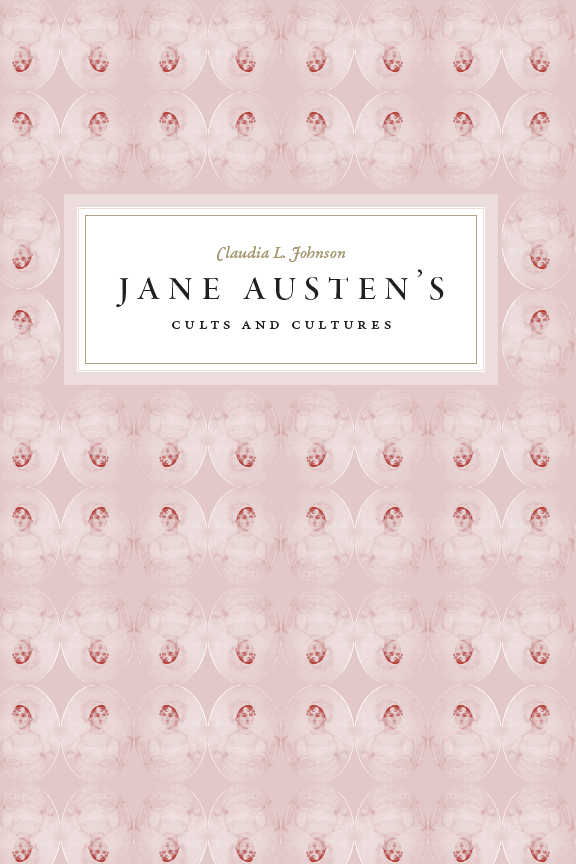
We also learn that Lowry was inspired to write this title after buying an old farmhouse in southwest Maine, not far from the Sabbathday Lake community, where three Shakers remain in residence.

Did they stay with the Shakers or leave the religious life behind?Īs is typical with this series, a historical note at the end of the novel provides invaluable context for young readers about both the outbreak of the Spanish flu epidemic and the history of the Shakers, including information on present-day Sabbathday Lake. Although the book encompasses only a year in Lydia's life, Lowry provides an afterword in which she tells us what became of Lydia and her brother Daniel. Even their language seems strange and old-fashioned to Lydia.Īlthough both she and her brother are struggling with their grief over the loss of their parents and baby sister, but her brother seems unusually withdrawn, and when he runs away, she can't help but worry about him.īut as the year passes, Lydia comes to admire and even love the kindly Shaker sisters, who teach her their beautiful handicrafts, songs, ways of worship, and finally, bring her a feeling of peace. Because they don't marry, they take in orphans, who are free when grown up to go "into the world" or take vows to stay in the community.

She was equally surprised to be separated from her brother after learning that men and women's lives in the community are quite distinct even though they consider themselves brethren and sisters, they don't converse, and have no physical contact. It made me think of a toy village, built for dolls." She was shocked to have her few meager possessions taken from her, told by one of the Shaker sisters that all that they had belonged to them all. She is struck by her first view of their settlement: "It seemed to be a whole village, but quite small, and it was amazingly tidy. Because Lydia knows nothing of the Shakers, we learn along with her through about their customs and lifestyle. The adjustment to the world of the Shakers is difficult indeed. Initially sent to live with relatives who can't afford to keep them, they are then sent to be raised in a Shaker community in Sabbathday Lake. This particular title, written by two-time Newbery winner Lois Lowry, chronicles the life of eleven-year-old Lydia Pierce in Portland, Maine of 1918, orphaned along with her brother by the deadly Spanish flu epidemic. With the relaunch of its Dear America series last year, Scholastic is not cutting corners, recruiting some of our most beloved writers for young people to add to this acclaimed historical fiction series for young people.


 0 kommentar(er)
0 kommentar(er)
